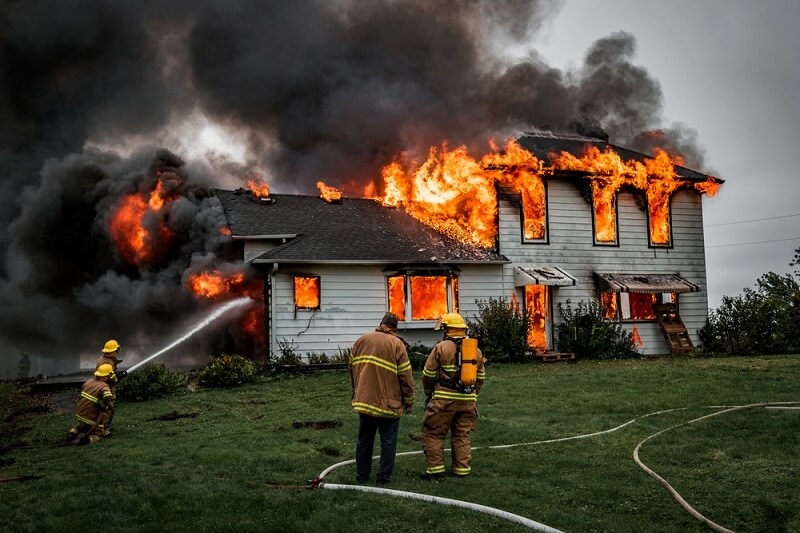
Running a successful farm takes more than hard work and proper harvests—it also takes clever financial planning. Yet, many farmers make high-priced farm coverage mistakes that leave their operations inclined. Whether it’s a neglected coverage element, wrong asset valuation, or failing to recognize exclusions, those oversights can cause monetary devastation while a disaster moves.
In this guide, we explore the not-so-unusual farm insurance mistakes that farmers often make, how to discover an insurance gap in farm coverage, and the way to keep away from coverage denial because of bad planning or documentation. From wrong farm valuation dangers to hidden coverage limits and exclusions, we’ll cover the entirety you want to recognise to make sure your farm coverage in reality protects you.
Your farm isn’t only a business—it’s your livelihood. Yet too many operations are underinsured or insured incorrectly. Understanding and avoiding farm insurance errors guarantees:
Unfortunately, many guidelines are purchased quickly without a thorough risk assessment or coverage analysis. The result? Expensive out-of-pocket losses that proper planning ought to have prevented.
One of the most detrimental commonplace farm coverage mistakes is undervaluing property. Your barns, tractors, farm animals, and saved vegetation all bring monetary weight, and underreporting their price can backfire.
Failing to recognize wrong farm valuation risks can leave you with 1/2 the price range you need to rebuild after a storm or fireplace.
Another serious farm coverage mistake is assuming a simple coverage covers the whole thing. But even complete rules have limits—and that’s where an insurance hole in farm insurance can quietly expose you to loss.
A single insurance hole in farm insurance can suggest tens of thousands of dollars lost, even though you thought you were protected.
Few matters are more frustrating than paying your premiums for years, handiest to have your claim denied when you need it most. Fortunately, many denials are preventable in case you understand how to keep away from coverage denial before disaster strikes.
Knowing how to keep away from insurance denial facilitates make certain your policy will truely shield you when you record a declare.
Policy language may be difficult, but overlooking coverage limits and exclusions is one of the most risky farm insurance mistakes you may make. These clauses outline what’s no longer covered—or how tons you’ll be reimbursed.
Pay attention to coverage limits and exclusions so you don’t discover the hard way that your insurance stops short of what you want.
Farms are busy locations with employees, vendors, traffic, and sometimes even public activities. Yet, many farmers forget about legal responsibility coverage, one of the most critical insurance types—and make pricey not unusual farm coverage mistakes inside the technique.
Liability proceedings can bankrupt a farm. Avoid the belief which you’re included with out verifying every legal responsibility angle.

Even in case you understand the risks, having the incorrect insurer can nonetheless lead to farm coverage mistakes. Many retailers don’t concentrate on agriculture, and they will leave out crucial exposures specific to farming.
Working with a knowledgeable farm coverage agent reduces your danger of making errors and increases your chances of speedy, complete declare approval.
Even the satisfactory policy needs ordinary updates. One of the maximum unnoticed not unusual farm coverage errors is assuming your coverage from five years ago still suits your cutting-edge operation.
Update Your Insurance When:
Keeping your coverage in sync along with your business guarantees no sudden insurance gap in farm coverage when you least expect it.
If your insurance limits are too low, you may not realize it until after disaster hits. Underinsurance is one of the most dangerous and diffused farm coverage mistakes.
How Underinsurance Hurts:
Work with your agent to compare your coverage against your actual danger. Over time, underinsurance may be more luxurious than paying a barely higher top rate.
Your coverage policy is a protection internet; however most effective if it’s set up efficiently. By studying the maximum common farm insurance errors, addressing incorrect farm valuation risks, figuring out every viable coverage gap in farm insurance, and understanding coverage limits and exclusions, you can operate your farm with strength, not surprise.
Knowing the way to keep away from insurance denial and working with the proper carriers are critical steps each farmer must take. Insurance isn't always pretty much compliance—it’s approximately preserving your land, your income, and your legacy.
Take time to review your policy today. Defending your farm starts with understanding where your modern-day coverage might be falling short.
This content was created by AI